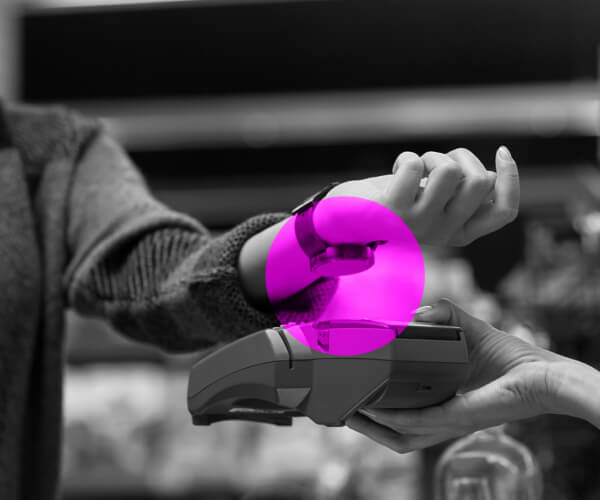The past two years have been unique with COVID-19, with a level of ubiquitous danger, discomfort, and uncertainty that many thought they would never have to consider. That uncertainty led to a lot of introspection and concern about health. Health is precious and what can we do to protect our health? Exercise is vital, Sleep and rest are important as well. But nutrition remains a biggie. Consumers will push manufacturers to deliver food, drink, and supplements that contribute to forward-looking health maintenance.
Americans have long been concerned about nutrition and health, as evident by our pervasive diet culture. You cannot turn on your TV or open your laptop without being bombarded with messages and advertising.
Brands spend tons of money on marketing the foods and drinks that we consume – that much is clear. But consumers are wizening up. Simple rhetoric, or keeping fat and sugars down by pumping your product full of secret formulas, just won’t cut it anymore. Not when shoppers Google ingredients, diets, food items, and restaurants while making purchasing decisions.
But researching every food item is overwhelming. Recently, a more novel approach has crept into the mainstream – “clean eating.” A growing segment of people are just looking for real food – good stuff, right from the earth, containing short and legible ingredient lists and lacking the frills, bells, and whistles of the genetically modified, artificially sweetened, “health” foods of the past. Everyone from chains like Whole Foods to diets like Whole30 is hopping on the trend to eat “clean.”
One problem – consumers are skeptical of everything. “I would never eat there.” “Is this product REALLY good for me?” “How do I decide?” We are aspartame and mono-sodium glutamated OUT. Manufacturers need to cut through the static and deliver the new message – YES, this is good for you, it is what Mother Nature would feed you – and here is how you know.
That is where Behaviorally comes in! Our foundational Behavioral Science framework follows two simple rules: to sell your product, you need to promote the benefits and reduce the barriers. That’s it.
Make your packaging clearly promote what makes it “good,” and remove anything else that could add confusion and serve as friction at the point of decision (i.e., online or at the physical shelf). When it comes to eating, we are at a fantastic time – we want things that are good for us, and companies have the means to deliver while also meeting their own goals.
To make sure your natural offering doesn’t fall flat (whether it be a healthier rebrand or an innovation), follow these tips and tricks:
1. Use Colors to Cue Natural
Certain colors such as muted and mellow green hues, light browns, and white may cue thoughts of nature or be more likely to be perceived as “natural”. However, there is a delicate balance as bright, intense greens can be seen as radioactive while too much white may come off as generic. Colors can evoke different emotions or associations and can vary by cultures. Also, certain colors may work in a category but not in others. So test the packaging prior to launch to ensure your product is giving off the right message on the digital and physical shelf.
2. Be Transparent!
You’re natural (or going natural) – so of course, you have nothing to hide…right? Translucent packaging and clear product windows give consumers reassuring glimpses of your product and let them know, “only good stuff in here!”
3. Cast your star ingredient carefully.
Is your natural offering buoyed by the presence of a benefit-promising superfood or new organic sweetener?
It is tempting to tout this on pack, but beware – do some research and ensure this ingredient is familiar to your consumers. The most natural ingredient claim could backfire and become a barrier to purchase if it creates confusion.
Most are now familiar with the inflammation-fighting properties of turmeric and stomach-soothing characteristics of ginger. Still, it may be best to call out innovative or proprietary ingredients on the back or side of the pack. Some descriptive or romance copy can help introduce them to the shopper.
4. Nature isn’t perfect. Why are your strawberries?
Don’t be afraid to use real photography or realistic artistic renderings of your ingredient visuals. Consumers may become skeptical of fruits, vegetables, or other ingredients that resemble perfect computer-generated representations of their real-life counterparts.
5. Stand by your plan.
You should be proud that your product is both good and good FOR your consumer. Therefore, make sure your branding is front and center, loud and proud. An endorsement from an established brand goes a long way in conveying benefits like quality and trust.
Contact us today to understand if your healthy pack design communicates the benefits and removes the barriers to help you succeed at shelf!
THE AUTHOR
Steve Honovich is a Director of Client Development at Behaviorally and his own health and fitness journey inspires him to constantly seek out new and exciting foods to incorporate into his nutrition plan. Before falling in love with market research and data analysis, he had completed coursework to become an NASM certified personal trainer.
Questions about packaging? Or Exercise? Reach out to Steve on LinkedIn!

